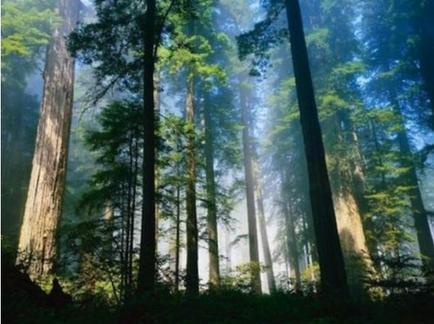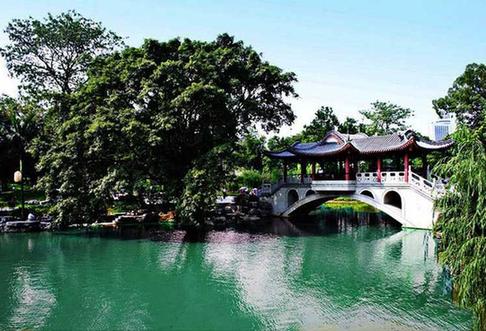Posted 2017/8/2

Liuzhou, a clean city with picturesque scenery,” Wen Jiabao, the prime minister of China, spoke highly of Liuzhou when he visited in 2006. Six years after, Liuzhou has become a modern place suitable for not only working but also living. The goal of building a forest city is a dream come true.
“Building a forest city on a national level is just like magic that changes Liuzhou from an industrial city to a city also good for habitation,” said by Qin Ge, the chief of the forestry bureau. In recent years, a few projects of environmental protection and forestation have been launched in the urban and rural area, with a lead from the government and a positive response from the public.
One of the projects, the river-line landscape along the Liu River, was started in 2005 and now has begun to shine. It is a landscape that shows historical culture, local customs, and aquatic entertainment.

Despite urban projects, the environmental reform in rural areas has been regarded as one of the priorities, because it plays a significant role in improving the forest coverage of the entire city. The government made a feasible greening plan by considering the practical situation of each village. In the new rural, the inhabited environment has improved.
Liuzhou has many rivers, streams, and a great variety of wetlands, which are important habitats for animals and plants. Water protection in Longtan Park and Dule Park creates a livable condition for hygrophytes and hygrophytes that attract birds. For instant, Luobo Island and Yaoying Island become ideal habitats in winter for a great number of migratory birds.
A set of data can intuitively reflect the Liuzhou greening achievements. In the past five years, 88,000 hectares of forest were planted. Residents can see green areas for recreational outdoor activities with a special layout of an average 500 meters. Besides, Liuzhou has an area of 1.18 million hectares of forest, and the forest coverage rate reached 63.2 percent. Last year, the proportion of good air quality in the city was 97.5%.
At the same time, a well developed environment will further the economy, particularly in fields of agriculture and tourism. Since reforming the low-producing land, crop yields increased. Take the oil-tea camellia field as an example, before the reforming, 7.5 kg oil-tea camellia can be produced each hectare, but now it comes to 15 kg, which is twice as before.

Forest tourism develops steadily, and forest park and agritainment are the new growth points. Agritainment, that provides an experience of living in a rural area, gains 46.15 million yuan per year. In general, agri-tourism attracts 900,000 people each year.
This spring, a group of citizens from Linhua community, Yufeng Districts, went to another community to plant over 100 peach trees. “Planting a tree or a flower to make a greener Liuzhou is very honorable,” one participant explained. A citizen described the new Liuzhou, stating visitors “see green as soon as they go outside and can hear happy birds sing.” The enhancement of environmental protection and consciousness among citizens is the reason for a greener Liuzhou.
Sanmenjiang National Forest Park is located east of Liuzhou. It is not only the home of many precious species, like Suoluo, but also a natural oxygen bar. Longtan Park, Dule-Xiangshui Scenic Spot and Wenbishan Natural Reserve located on the south and west, respectively, are the green lung of Liuzhou. Liuzhou people now realize that the forest and green lands are gifts from nature, therefore, they must value the gift and build a forest city through ecologically conscious activities.
Greening works fit the city brand of Liuzhou appropriately: the most beautiful landscapes in the industrial city, and the most industrial cities in the landscape city.